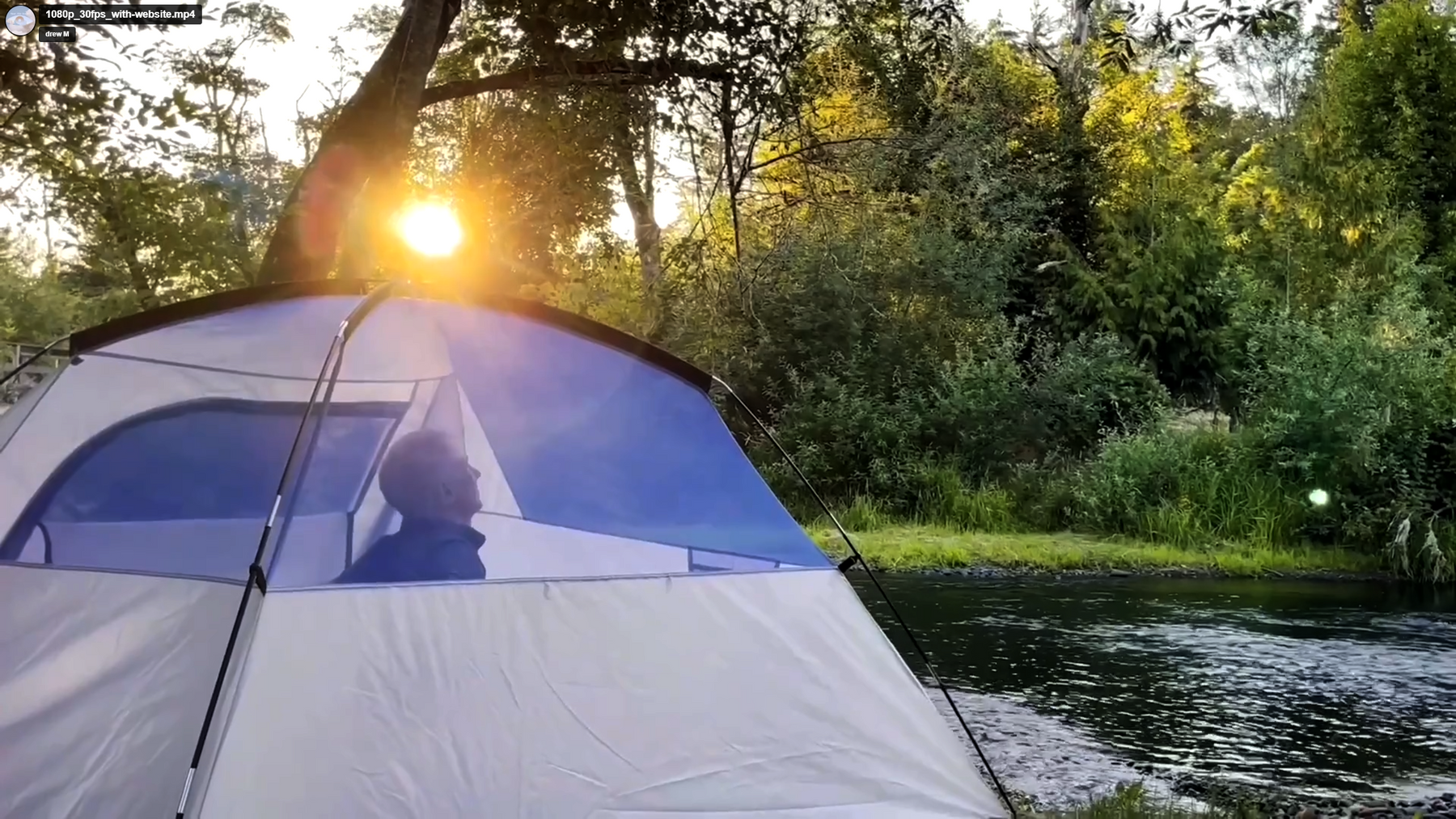
No Outlet, No Problem: How to Power Your CPAP Anywhere
Hello, fellow adventurers! I know how crucial a good night's sleep is, especially when you're out exploring the great outdoors. For those of us who rely on a CPAP machine, keeping it running off the grid can be a bit of a puzzle. Don't worry, though! I'm here to share some expert tips on how to power your CPAP machine with a portable power source so you can sleep soundly no matter where your adventures take you.
Understanding CPAP Power Needs
First things first, let's get a handle on our CPAP machine's power requirements. Most CPAP machines run on standard AC power (like the electricity in our homes) but can also operate on DC power (like the electricity from a car). The key specs to know are the voltage and current your machine needs. Typically, CPAP machines use around 12V to 24V and consume about 30 to 60 watts, depending on the model and settings.
Choosing the Right Portable Power Source
When it comes to portable power sources, we have a few great options:
Battery Packs and Portable Power Stations
Rechargeable battery packs and portable power stations are fantastic for powering our CPAP machines on the go. Battery packs, such as those from EXP PRO, Medistrom, and Freedom, are lightweight and portable, offering multiple output options and fast recharge times. These battery packs can provide 2-3 nights of power on a single charge without using a humidifier or heated tubing. They are also TSA-compliant for airline travel and utilize pass-through technology, allowing us to use and charge our CPAP machines simultaneously.
Portable power stations, like those from EXP PRO, Goal Zero, and Jackery, are larger battery packs that can power multiple devices simultaneously. They often include AC outlets, USB ports, and DC outputs, making them very versatile. Look for models that use LiFePO4 (Lithium Iron Phosphate) batteries, known for their safety, efficiency, and long lifespan. These power stations are ideal for extended trips where we need to charge not only our CPAP machines but also other electronic devices.
Setting Up My CPAP with a Battery Pack
Here's a step-by-step guide on how I set up my CPAP machine with a battery pack:
-
Check Compatibility: Ensure the battery pack is compatible with your CPAP machine. Many brands offer models with multiple output options to suit different CPAP machines. It's also crucial to find a brand that includes the DC power cord for your specific CPAP machine. This is important because your machine runs on 12 volts or 24 volts by default; when you plug into a wall outlet, it converts 110 volts down to 12 or 24 volts. Some power is lost in the conversion, and when you're on battery power, you don't want any of that power to be wasted.
-
Connect the DC Power Cord: Use a DC power cord to connect your CPAP machine directly to the battery pack. This is more efficient than using an AC inverter, which can waste power.
-
Monitor Power Levels: If your battery pack has an LCD readout, it will display the remaining battery percentage. Keep an eye on this to avoid running out of power unexpectedly.
-
Recharge When Necessary: Recharging your battery pack can be done via AC power, DC power (like from your car), or solar panels. Some battery packs recharge in just a few hours, making them a convenient option for quick turnarounds.
Tips for Maximizing Battery Life
- Turn Off Unnecessary Features: Using a heated humidifier or heated tubing will significantly reduce battery life. If possible, turn these features off when using a portable power source.
- Optimize CPAP Settings: Lowering the pressure settings on your CPAP machine can also help extend battery life.
- Regular Maintenance: Keep your battery pack in good condition by regularly charging it and storing it in a cool, dry place.
Safety Considerations
When using portable power sources, safety is key:
- Avoid Overcharging: Use a battery pack with an advanced battery management system that prevents overcharging.
- Check Ingress Protection: An IP65 rating means the battery pack is protected against dust and low-pressure water jets, making it suitable for outdoor use.
- Travel Compliance: Ensure your battery pack is TSA-compliant if you plan to travel by air. Most battery packs designed for CPAP machines meet these requirements.
With the right portable power source, we can enjoy our outdoor adventures without sacrificing our CPAP therapy. Whether we choose a compact battery pack, a versatile power station, or an eco-friendly solar charger, we'll be prepared for a restful night's sleep under the stars. Happy camping!

Leave a comment